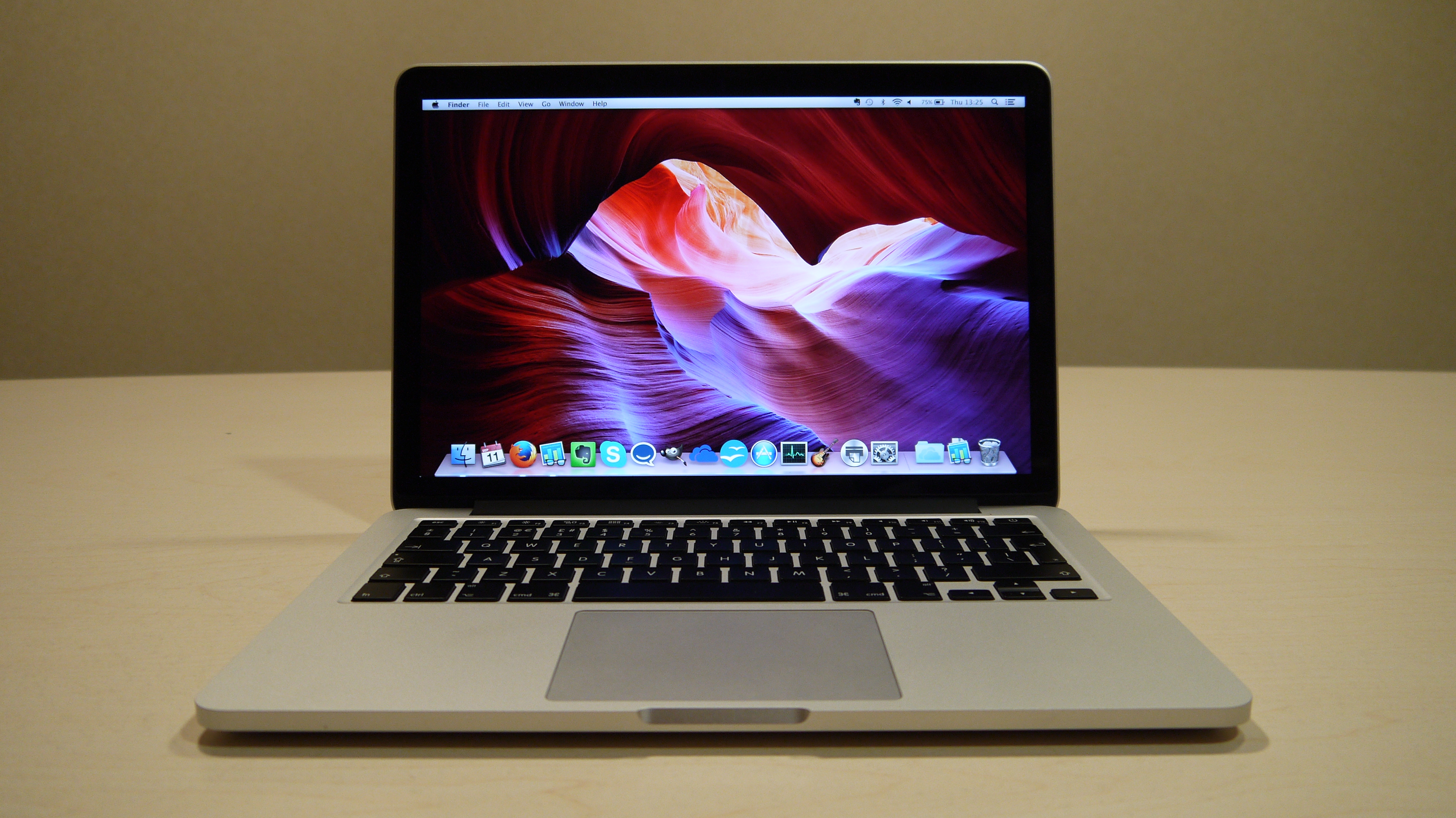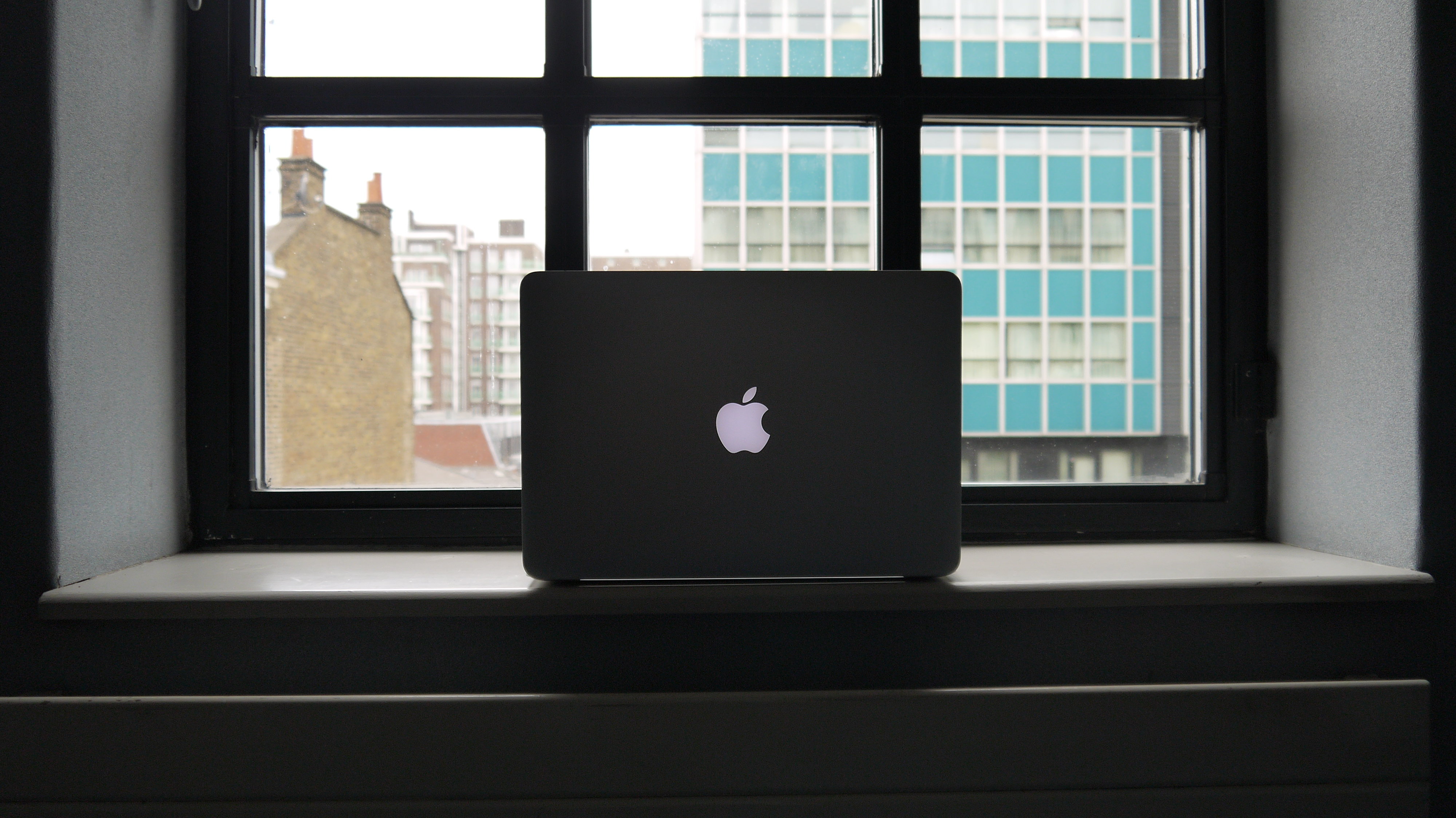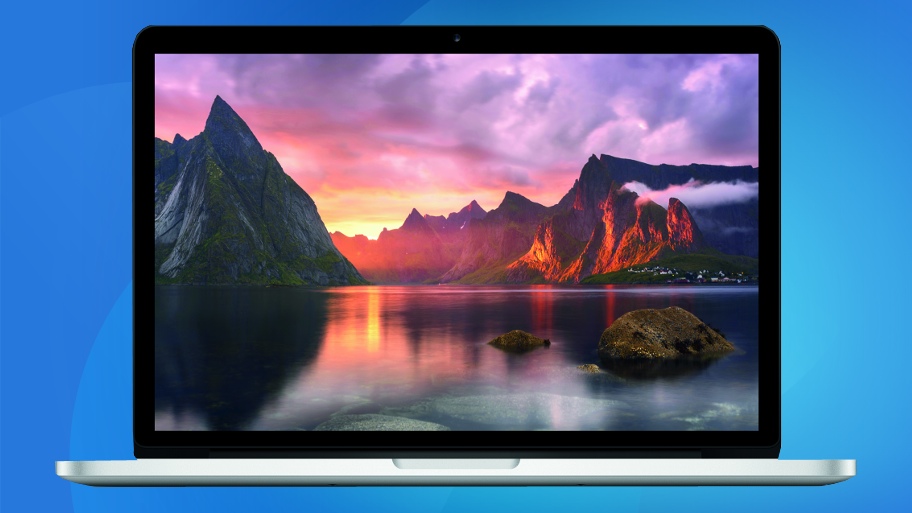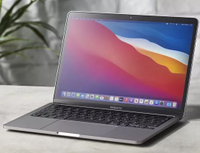TechRadar Verdict
The 2014 Retina MacBook Pro's still-impressive display, great build quality and even faster Haswell processor helps Apple's best 13-inch laptop keep its nose ahead of the competition.
Pros
- +
Fast Haswell processors
- +
Retina display
- +
Build quality
- +
Thunderbolt 2 ports
- +
Good range of bundled apps
Cons
- -
Iris still only average
- -
Capacity comes at a premium
- -
Near impossible to upgrade
Why you can trust TechRadar
The new MacBook Pro (late 2020) is powered by Apple's first laptop processor, the M1. Benchmarks show that it makes a wonderful mobile workstation, a jaw dropping music production notebook and a groundbreaking video editing laptop.
Update: The successor to OS X 10.9 Mavericks, OS X 10.10 Yosemite, has been released and is now available to download via the App Store. Yosemite brings a ton of new features including an all-new design, a new Dark Mode, a redesigned Notification Centre and closer symmetry with iOS 8.
Launched last October, Apple's 2013 MacBook Pro with Retina was in many ways a classic follow-up from the Cupertino-based company. Lighter, thinner and faster than the previous generation's models, it made improvements in key areas while keeping the same pixel-packing display that made the original a hit.
Measuring almost half an inch thinner than its predecessor and weighing 0.11 pounds lighter, it brought a new level of portability to Apple's traditionally weightier and chunkier laptop line.
The changes were not skin deep. Under the hood, Apple moved to Intel's more powerful Iris HD 5100 graphics and switched from SATA III, flash-based SSDs to newer PCIe-based ones. In that time, the competition has quietly closed the gap, with Samsung (Ativ Book 9 Plus), Lenovo (Yoga 2 Pro) and Asus (Zenbook UX301 Infinity) all launching Ultrabooks with high-DPI displays, thin designs and more powerful integrated Intel graphics.
- Everything we know about the Retina MacBook Air
Considering the healthy spec boost given to last year's Retina MacBooks, it is perhaps unsurprising that the "Mid 2014" MacBook Pro with Retina is a far more subtle upgrade, one that's focused on representing better value for money, with each model featuring a 200MHz faster Intel Haswell CPU over last year's refresh for the same cost.

We were sent the new high-end model with 512GB of storage to review, which starts at £1,399 ($1,799, around AUS$1,986) and comes with the latest Intel 2.8GHz Core i5-4308U CPU (turbo boost to 3.3GHz) with 3MB shared L3 cache and 8GB RAM.
It sits alongside two other models part of the refreshed 2014 line-up, both of which are configurable with up to 3GHz dual-core Intel Core i7 CPUs and 16GB of RAM, with 4MB shared L3 cache.
Starting at £1,199 ($1,499, around AUS$1,657), the mid-range Retina MacBook Pro comes with 256GB of flash storage, a 2.6GHz Core-i5 CPU (up from 2.4GHz) and 8GB RAM.
The entry-level MacBook Pro gets the same CPU boost as the mid-range model, but comes with 128GB of flash storage for £999 ($1,299, around US$1,436). It has seen the amount of RAM double in comparison to last year's model to 8GB, making it the best bang-for-buck option of the three.

As always, you'll have to opt for the 15-inch MacBook Pro to get your hands on even more power. This is especially so, as the high-end version is now the only machine in the line-up configurable with dedicated Nvidia graphics.
Like all new Macs, the 13-inch models come with a copy of OS X 10.9 Mavericks pre-installed, which includes Apple's updated iLife suite of multimedia and productivity apps geared toward content creation. Available to download from the App Store, they include 64-bit versions of iPhoto, iMovie, Garageband, Pages and Numbers.
Waiting game
If you're considering buying a new MacBook, you may be wondering whether to take the plunge now, or wait for the possibility of upgraded (or even completely redesigned) machines arriving later in the year.
If they do, it's almost certain that a subtle upgrade won't be on the cards. Intel recently launched its Core M processor, which the chipmaker reckons will allow notebook makers to create "razor-thin, fanless designs with the optimal blend of beauty, performance and battery life".

And then there's Intel's upcoming "Broadwell" processor, which the refreshed line-up apparently missed out on due to a delay in the company's roadmap. The inclusion of Broadwell would've given Apple's 2014 Retina MacBooks better performance and improved battery life, but the delay means that we're not likely to see devices using the chip until early next year.
At the same time, a spec boost to last year's solid MacBook Pro with Retina for no extra cost is not to be sniffed at, and with Yosemite set to be available as free upgrade to Mavericks users, it will feel like the arrival of a new Apple machine regardless of whether new models see the light of day.


